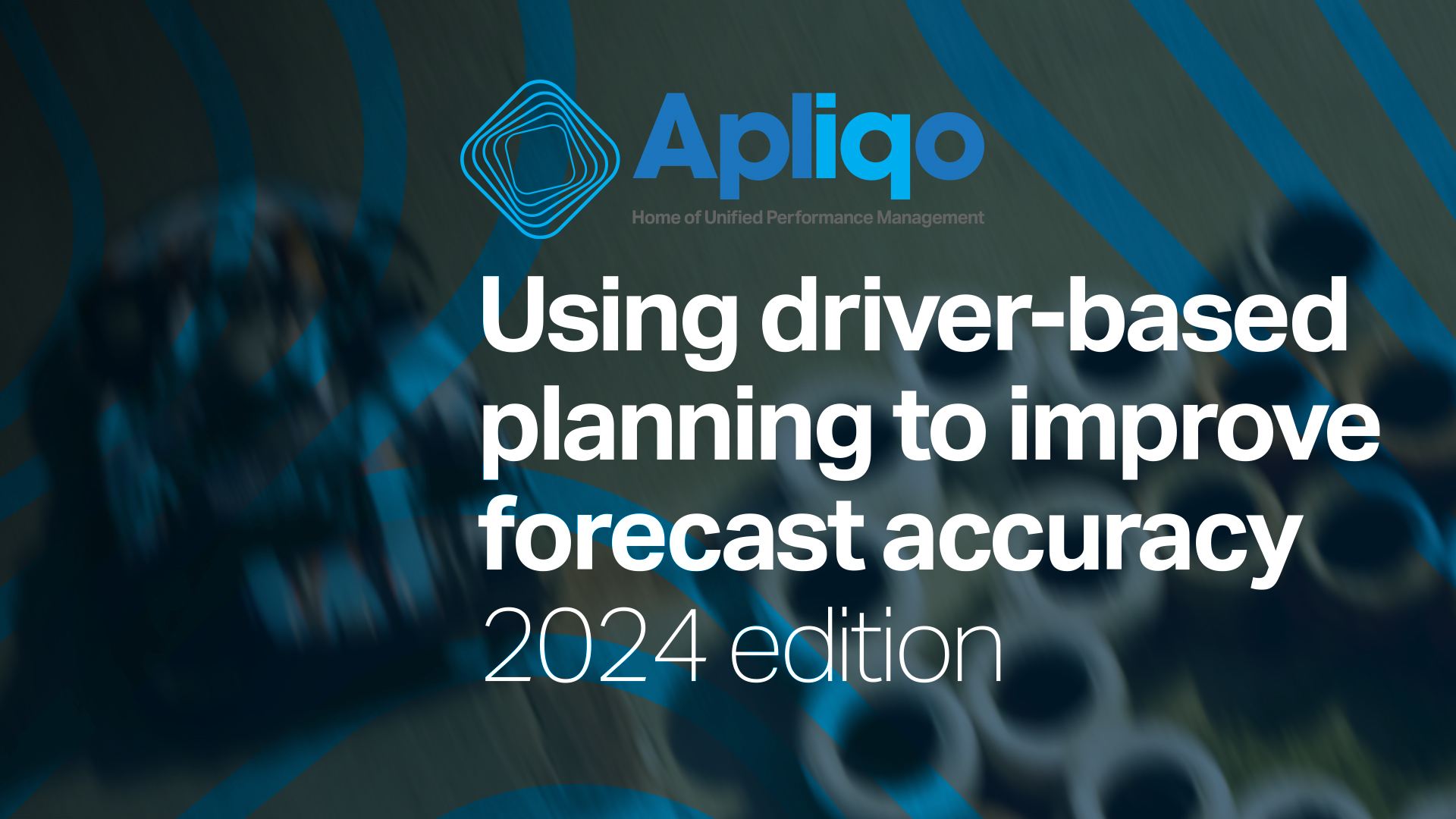“With great power comes great responsibility.” – Stan Lee
Companies are realising the huge potential of FP&A. Rather than thinking of financial planning and analytics as a financial support function, companies have made it their top priority to use FP&A to drive real value and growth.
As a result, CFOs and their finance teams are scrambling to take on more strategic roles at their organisations and manage the responsibility that these roles impose. In this article, we’ll explore the challenges facing FP&A in the future and how to make sure you meet them head on.
Key Challenges Facing FP&A Professionals
As companies realise the huge potential for FP&A to drive value through profound analysis, proper reporting, and reliable planning, CFOs and their finance teams are rushing to find their footing as they take on bigger responsibilities than ever before.
In our experience, some of the biggest challenges FP&A teams face as they adapt to these new roles and responsibilities include:
- Handling enormous amounts of data from different sources. Forecasts are becoming ever more granular, and today’s finance teams are using more optimisation models to project their company’s revenues and expenses than ever before.
- Finding reliable systems to support high-quality, data-driven analysis. As FP&A teams find themselves handling larger, more complex sets of data, they’re also pushed to find and adopt reliable systems with the right design, performance, and customisation to help them turn around consistent reports and analysis quickly.
- Creating and maintaining complex analytical models that properly reflect the organisation. More than ever before, businesses are emphasising their need for driver-based analytics and planning to better represent the causality and sensitivity unique to their operations. CFOs and their finance teams need to be able to meet this demand and integrate driver-based modelling into their plans for P&L, balance sheet and cashflow.
- Juggling various forecast and planning methodologies. As businesses realise the potential of FP&A, they’ve begun exploring the implementation of different planning methodologies with unique horizons, including Fiscal Year Budgeting, Forecasting, or adopting Rolling Forecasts and Scenario Analysis. On top of that, many organisations are using a combination of both Top-down and Bottom-up planning to drive optimal results.
- Automation and digitalisation. Automation and digitalisation are allowing finance teams to get more work done, faster. Instead of forecasting every quarter, for example, many finance teams are updating their forecasts every month. Adopting, connecting, and optimising the different systems needed to automate and digitalise FP&A processes, however, presents a unique chain of challenges that we explored in our previous blog post here.
- Meeting the demands for deeper analysis, driver-based planning, and strategic inputs. As organisations harness the power of more granular data, FP&A professionals are expected to dig deeper into their company’s operations and performance to clearly identify the key drivers of their business, provide better variance analysis, and better inform their organisations key decision makers.
- Handling a bigger workload. As companies grow hungry for more insights, more and more tasks are landing on the desks of CFOs and their teams. These tasks may include risk assessments, valuations, supporting investor relations or external rating agencies, and much more.
- Meeting the demand for new skill sets. As the need for more in-depth analysis increases, finance professionals now need to grow beyond their basic accounting/finance knowledge to adopt deep industry understanding, master new systems and applications, have strong communication and presentation skills, learn data science capabilities, and much more.
How to Prepare for These Challenges
There are a few actionable steps you can take to help prepare your finance team for the challenges we’ve mentioned above.
Start with a clear vision
Step one should be to develop a clear vision of where you want your FP&A team to be in the next 5 years. This should be an aggressive view of the future of finance at your organisation and needs to clearly answer this million-dollar question: what role should FP&A fulfil at our company?
At Apliqo, we like to encourage CFOs towards adopting what we call Unified Performance Management (UPM). That is an integrated business planning model that clearly aligns finance with all other functional areas of the business to create a fully transparent view of your company’s strategic, financial, and operational performance.
Marking the performance gap
Next, you’ll want to take a step back and confront the reality of the current state of finance at your company. Look at your performance management processes, review your reporting, analytical, and planning capabilities, and measure the entire organisation’s satisfaction with your current model. Then, compare this model to your UPM vision and you’ll have a clear picture of the performance gap between where you are now and where you want to be in the future.
From there, you can start creating a blueprint of how you plan to bridge this gap. Remember to ask yourself the following questions:
- What reporting, analytical, and planning capabilities are we trying to establish?
- Do we need to readjust our UPM process/vision?
- What talent/skill sets do we need in order to facilitate this change?
- What tech support do we need?
Planning for change
From there, you should be able to form a solid plan for your FP&A transformation. This plan should clearly prioritise your UPM initiatives and outline some quick wins you can make to kickstart this process (think of low-hanging fruit like hiring the right people to execute your vision and increasing your analytical potential through people and systems).
Remember, however, that meeting the challenges we’ve looked at in this article is no small task. The role of FP&A has undergone dramatic change, and meeting the new responsibilities that come with this change will also require drastic organisational and cultural transformation. Combine this with the right systems, people, and skillset, and your finance team will be well underway to becoming a vital business partner at your company.







